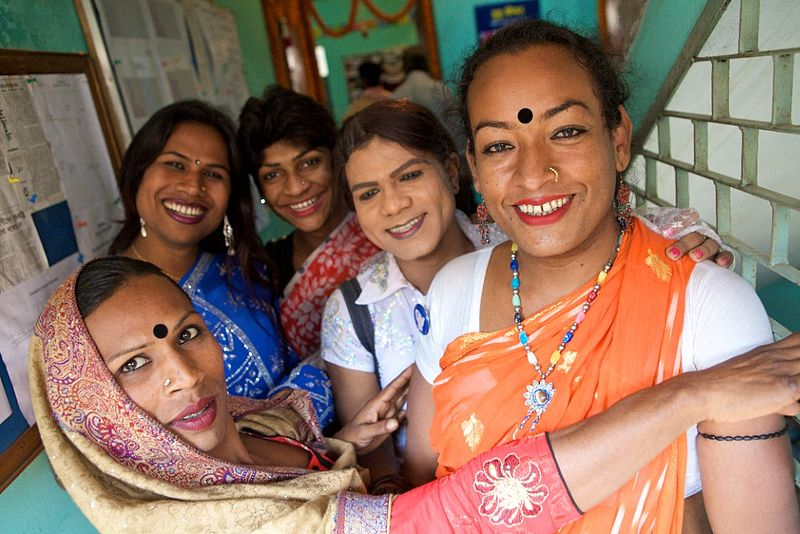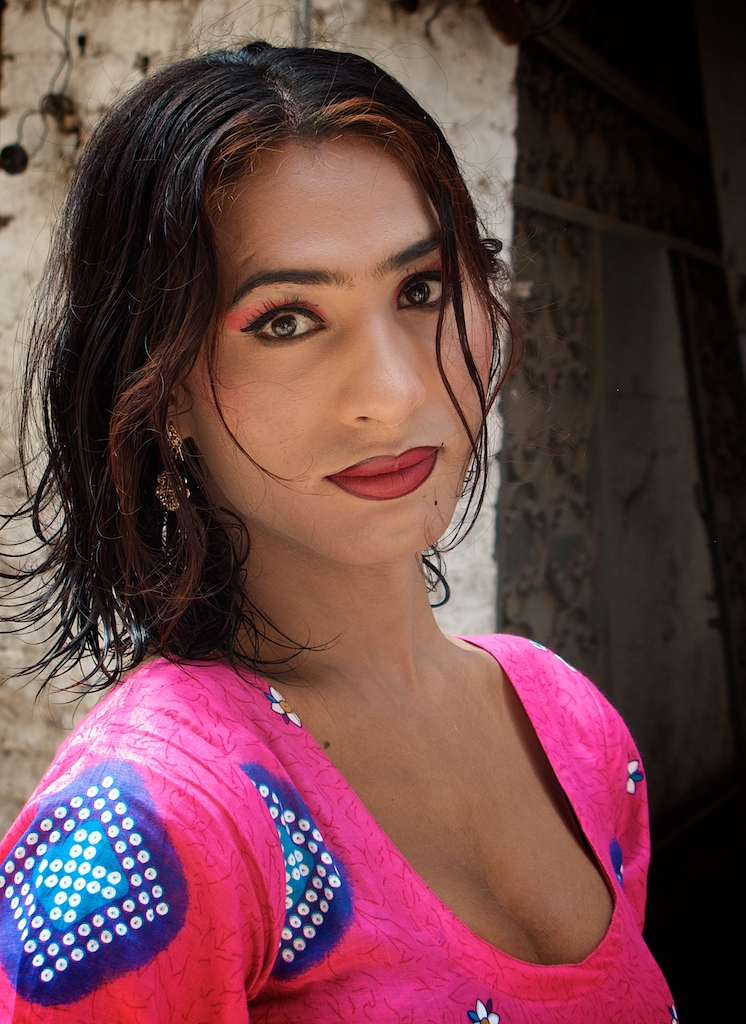Hijra
Within Hindu society, the concept of the gender hijra stands as a prominent example of a recognized nonbinary identity in India. This unique identity is deeply rooted in Hindu religious texts and has a rich historical presence across South Asia. While many hijras are born with male physical attributes, the hijra community is inclusive of intersex individuals as well. An intricate culture surrounds the hijra identity, often leading them to leave their homes and join groups that impart spiritual teachings to new members.
Hijras play a significant religious role in Hindu culture, participating in various rituals such as weddings and childbirth ceremonies. Their presence is accompanied by beliefs in their ability to bestow blessings or inflict curses upon others. However, over time, a stigma emerged against hijras, exacerbated by British colonialism's influence. In a striking example, a British law dating back to 1871 classified all hijras as criminals, casting a shadow over their social standing.
Despite the challenges of historical prejudices, the hijra community has maintained its resilience. This community faced continued adversity even after recognizing nonbinary rights in countries like Bangladesh, India, and Nepal in 2014. The contributions and cultural significance of hijras have persistently endured, underscoring their vital role in the tapestry of South Asian societies.
In general, the hijra identity exemplifies the dynamic interplay between culture, history, and societal change. Rooted in Hindu tradition and spiritual practices, hijras have navigated a complex journey marked by both veneration and discrimination. As modern South Asian societies evolve to embrace the rights of nonbinary individuals, the legacy of the hijra community continues to shed light on the importance of understanding and celebrating diverse gender identities.








